Are you curious about the cost of shipping a 40ft container from China to the USA?
Understanding the various factors that influence shipping expenses can save you time and money. In this article, we will delve into the essential aspects of container shipping, including the benefits of choosing a 40ft container, the key costs involved, and tips for reducing your overall expenses. By the end of this comprehensive guide, you will be equipped with valuable insights to make informed shipping decisions.
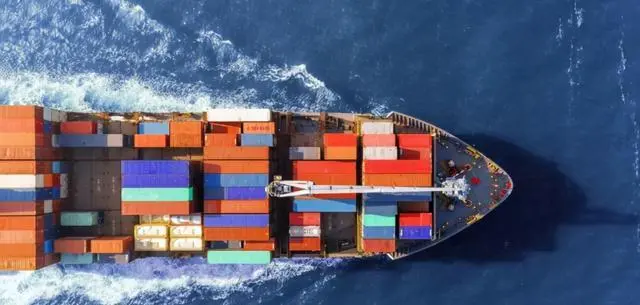
Introduction to Container Shipping Costs
Understanding the Basics of Container Shipping
Container shipping is an essential component of global trade, facilitating the movement of goods across vast distances. The cost of shipping a container is influenced by numerous factors, including the type of container, the shipping route, and the nature of the goods being transported. A 40ft container, often referred to as a “high cube” container, is a popular choice among importers and exporters due to its capacity and versatility. Typically, it can hold about 2,400 cubic feet of cargo, which is ideal for bulk shipments.
When calculating shipping costs, it is crucial to consider not only the freight charges but also various ancillary expenses that can arise throughout the shipping process. Understanding these basics will empower businesses to make informed decisions and budget effectively for their shipping needs.
Why Choose a 40ft Container for Shipping?
Choosing a 40ft container for shipping from China to the USA offers several advantages. Firstly, its larger capacity enables businesses to maximize their shipping loads and minimize the number of shipments required, thereby reducing overall shipping costs per unit. This efficiency is particularly beneficial for businesses that deal in high-volume goods or those looking to consolidate multiple shipments into one.
Moreover, a 40ft container provides extra space for additional items, which can be advantageous when dealing with bulky or irregularly shaped goods. It also enhances the flexibility of shipping options, as these containers can be transported via ocean freight, rail freight, or even road freight upon arrival in the USA. The ability to utilize different transport modes ensures that businesses can adapt to changing logistics needs while maintaining cost-effectiveness.
Factors Influencing the Cost of Shipping a 40ft Container from China to the USA
Distance and Route Considerations
The distance between the departure port in China and the arrival port in the USA plays a significant role in determining shipping costs. Generally, shipments from major ports like Shanghai, Shenzhen, or Ningbo to well-connected ports in the USA such as Los Angeles, New York, or Chicago are more economical due to established shipping lanes and frequent sailings. Conversely, shipments to less frequented ports may incur higher charges due to limited service frequency and increased transit times.
Here’s a summary of factors related to distance and route considerations:
| Departure Port | Arrival Port | Estimated Transit Time | Average Cost (USD) |
|---|---|---|---|
| Shanghai | Los Angeles | 15-20 days | $3,500 – $5,000 |
| Shenzhen | New York | 25-30 days | $4,000 – $6,000 |
| Ningbo | Chicago | 20-25 days | $3,800 – $5,500 |
Type of Shipping Service (FCL vs. LCL)
When shipping a 40ft container, businesses must decide between Full Container Load (FCL) and Less than Container Load (LCL) services.
- FCL means the entire container is reserved for one shipper’s goods, making it a cost-effective solution for those shipping enough cargo to fill the container. This option usually allows for faster transit times, as the container does not need to wait for other shipments to complete their loading process.
- LCL, on the other hand, involves sharing container space with other shippers. Although this option is more economical for smaller shipments, it can lead to longer transit times due to the need for consolidation and deconsolidation at the ports.
The choice between FCL and LCL will significantly impact the overall shipping costs, with FCL being more suitable for larger shipments.
Additional Costs to Consider
Shipping a 40ft container involves more than just the basic freight charges. Additional costs may significantly affect overall expenses:
Customs Duties and Taxes
Importing goods into the USA involves certain customs duties and taxes that can vary depending on the type of merchandise, its value, and its country of origin. It is crucial to be aware of these costs beforehand to avoid any unexpected expenses upon arrival.
Insurance Costs
Protecting your shipment with insurance is essential. Insurance costs can vary based on the value of the goods and the coverage options selected. Generally, insuring your cargo can range from 0.5% to 2% of the total shipment value, providing peace of mind against potential losses or damages during transit.
Handling and Port Fees
Port fees, which cover the costs associated with the handling of the container at loading and unloading ports, can vary significantly from one port to another. These fees may include terminal handling charges, loading and unloading fees, and storage charges if the container is kept at the port for an extended period. It is advisable to inquire about these fees with your freight forwarder to have a clear understanding of the total shipping costs.
In conclusion, understanding the various factors that influence the shipping costs of a 40ft container from China to the USA is essential for any importer or exporter. By considering all aspects, including distance, type of service, and additional costs, businesses can better prepare and budget for their shipping needs effectively. Partnering with a reliable freight forwarder like Dantful International Logistics can also assist in navigating these complexities, ensuring efficient and cost-effective shipping solutions tailored to specific requirements. For further details on shipping rates, check out our guide on shipping rates from china to USA.
READ MORE:
- Shipping From China to the USA
- Shipping From China TO Canada
- Shipping From China TO Mexico
- Shipping From China to Panama
- Shipping From China to Costa Rica
- Shipping From China to Brazil
- Shipping From China TO Colombia
- Shipping From China to Jamaica
- Shipping From China to Venezuela
- Shipping From China to Argentina
Average Shipping Costs for a 40ft Container from China to the USA
Current Market Rates and Trends
Understanding the cost of shipping a 40ft container from China to the USA can be complex due to fluctuating market conditions. As of October 2023, the average cost for shipping a 40ft container ranges from $3,500 to $7,000 depending on various factors including the shipping route, service type, and market demand. For instance, shipping from Shanghai to Los Angeles typically incurs lower costs compared to routes from Shenzhen to New York due to differences in port fees and logistics.
Recent data from the World Container Index indicates that container shipping rates have seen a decrease of approximately 30% in the past year, largely as a result of easing supply chain disruptions and increased shipping capacity. For more detailed statistics, refer to the following link: Drewry Supply Chain Advisors.
Comparison of Shipping Costs by Different Ports
To further illustrate the variation in shipping costs, below is a table comparing average shipping rates from several key ports in China to major ports in the USA:
| Port of Origin | Port of Destination | Average Cost ($) | Transit Time (Days) |
|---|---|---|---|
| Shanghai | Los Angeles | $3,800 | 15 |
| Shenzhen | New York | $6,500 | 18 |
| Ningbo | Chicago | $5,200 | 20 |
| Guangzhou | Seattle | $4,600 | 16 |
| Qingdao | Miami | $5,000 | 22 |
This table highlights the differences in shipping costs and transit times, which can help importers make informed decisions based on their logistical needs.
Seasonal Variations Impacting Shipping Costs
Shipping costs can also fluctuate based on seasonal demand. For example, the months leading up to the Chinese New Year (typically in January or February) often see a spike in shipping rates due to increased production and export activities from China, as businesses rush to fulfill orders before the holidays.
Similarly, peak seasons in the United States, such as the holiday shopping season (October to December), can also lead to increased shipping rates as demand for imports rises. Importers are advised to plan their shipments carefully, taking these seasonal variations into account to avoid higher costs.
Choosing the Right Freight Forwarder
Why Partner with a Professional Freight Forwarder?
When importing goods from China, partnering with a professional freight forwarder can significantly simplify the process. A reliable freight forwarder, like Dantful International Logistics, offers expertise in navigating the complexities of international shipping, ensuring compliance with regulations, and optimizing shipping routes to minimize costs.
Key Factors in Selecting a Freight Forwarder
Reputation and Experience
It’s essential to choose a freight forwarder with a solid reputation and extensive experience in the industry. Look for companies that have proven track records of handling shipments between China and the USA, and read reviews or testimonials from other importers.
Range of Services Offered
A comprehensive range of services can be a significant advantage. Dantful International Logistics offers a variety of services, including Ocean Freight, Air Freight, Rail Freight, Customs Clearance, and more. This one-stop-shop approach can streamline processes and reduce the need for multiple contacts.
Customer Support and Communication
Effective communication is crucial in the logistics industry. Ensure that the freight forwarder you choose provides excellent customer support, with dedicated representatives who can answer your queries and provide updates on your shipment status.
Tips for Reducing Shipping Costs
Consolidation of Goods
One effective way to lower shipping costs is through the consolidation of goods. Instead of shipping multiple smaller shipments, consider consolidating them into a single Full Container Load (FCL). This approach not only reduces per-unit shipping costs but also maximizes container utilization.
Timing Your Shipment
Timing your shipment strategically can also result in cost savings. Avoid peak shipping seasons and holidays when demand (and prices) are typically higher. Planning shipments during off-peak months can yield lower rates and more available capacity.
Negotiating with Freight Forwarders
Don’t hesitate to negotiate rates with your freight forwarder. Many companies, including Dantful International Logistics, are open to discussions about pricing, especially for consistent shipping requirements or larger volumes. Establishing a long-term relationship can also lead to better rates and services over time.
In conclusion, understanding the cost of shipping a 40ft container from China to the USA involves several key considerations, from current market trends to selecting the right freight forwarder. By implementing strategic practices for cost reduction, importers can significantly enhance their shipping efficiency and profitability.

Young Chiu is a seasoned logistics expert with over 15 years of experience in international freight forwarding and supply chain management. As CEO of Dantful International Logistics, Young is dedicated to providing valuable insights and practical advice to businesses navigating the complexities of global shipping.

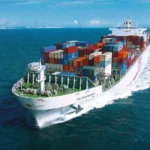
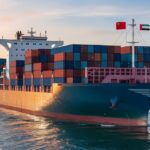


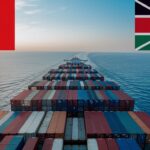
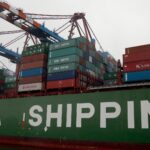
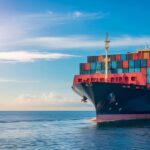
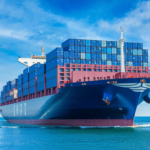

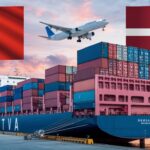
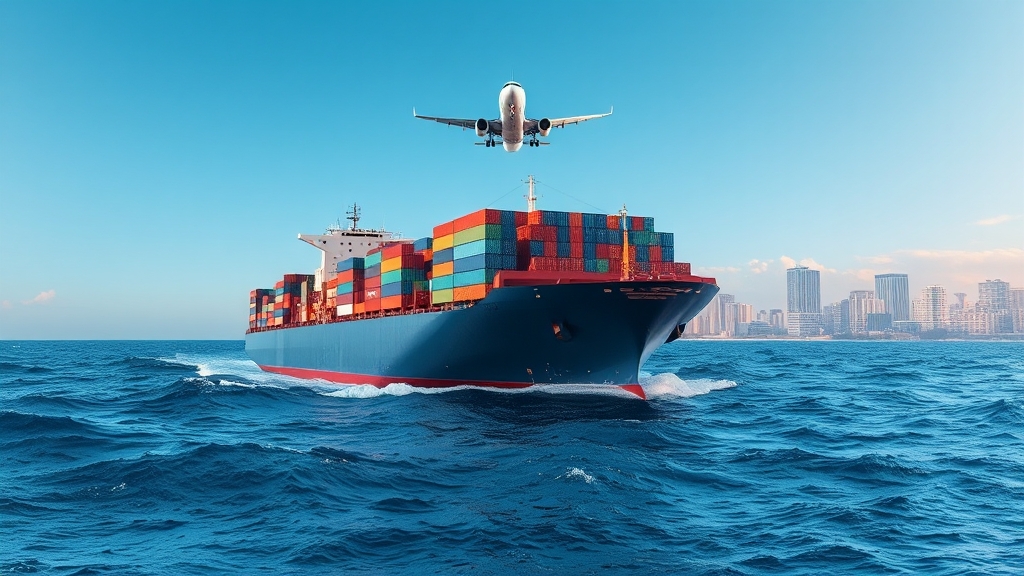
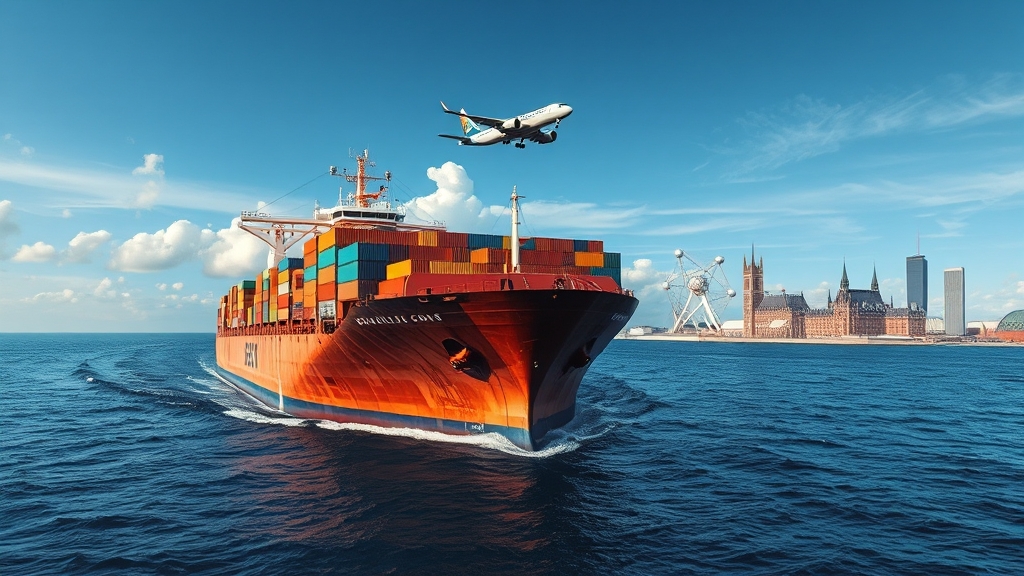
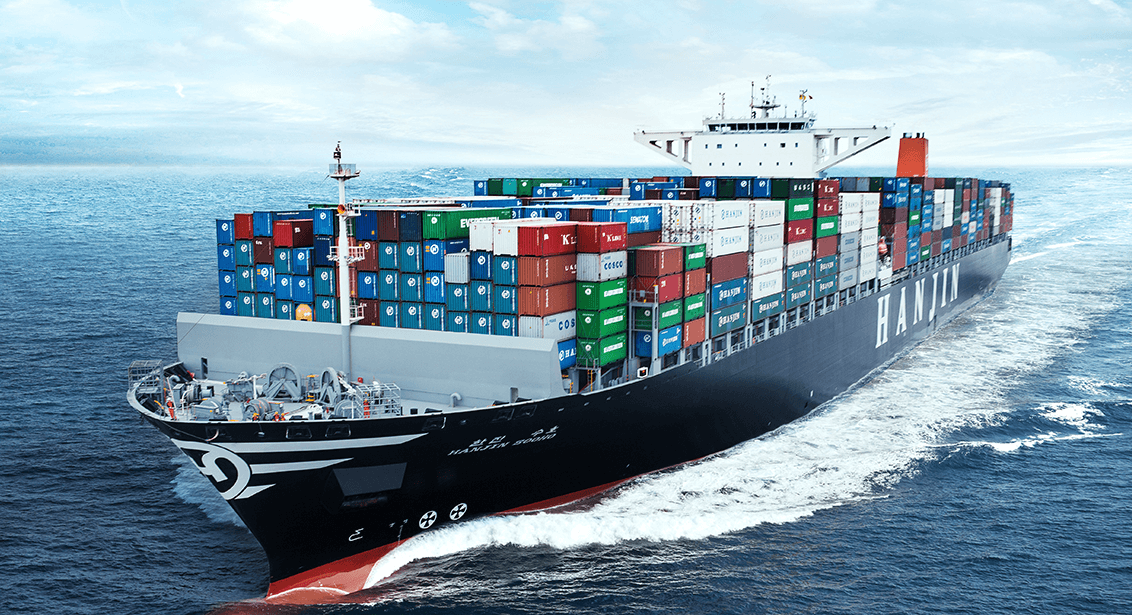
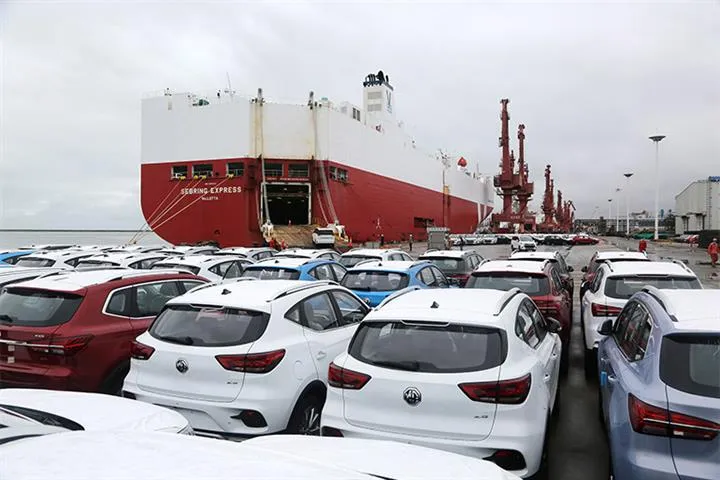






 Afrikaans
Afrikaans Shqip
Shqip አማርኛ
አማርኛ العربية
العربية Հայերեն
Հայերեն Azərbaycan dili
Azərbaycan dili Euskara
Euskara Беларуская мова
Беларуская мова বাংলা
বাংলা Bosanski
Bosanski Български
Български Català
Català Cebuano
Cebuano Chichewa
Chichewa 简体中文
简体中文 繁體中文
繁體中文 Corsu
Corsu Hrvatski
Hrvatski Čeština
Čeština Dansk
Dansk Nederlands
Nederlands English
English Esperanto
Esperanto Eesti
Eesti Filipino
Filipino Suomi
Suomi Français
Français Galego
Galego ქართული
ქართული Deutsch
Deutsch Ελληνικά
Ελληνικά Kreyol ayisyen
Kreyol ayisyen Harshen Hausa
Harshen Hausa Ōlelo Hawaiʻi
Ōlelo Hawaiʻi עִבְרִית
עִבְרִית हिन्दी
हिन्दी Hmong
Hmong Magyar
Magyar Íslenska
Íslenska Igbo
Igbo Bahasa Indonesia
Bahasa Indonesia Gaeilge
Gaeilge Italiano
Italiano 日本語
日本語 Basa Jawa
Basa Jawa ಕನ್ನಡ
ಕನ್ನಡ Қазақ тілі
Қазақ тілі ភាសាខ្មែរ
ភាសាខ្មែរ 한국어
한국어 كوردی
كوردی Кыргызча
Кыргызча ພາສາລາວ
ພາສາລາວ Latin
Latin Latviešu valoda
Latviešu valoda Lietuvių kalba
Lietuvių kalba Lëtzebuergesch
Lëtzebuergesch Македонски јазик
Македонски јазик Malagasy
Malagasy Bahasa Melayu
Bahasa Melayu മലയാളം
മലയാളം Maltese
Maltese Te Reo Māori
Te Reo Māori मराठी
मराठी Монгол
Монгол ဗမာစာ
ဗမာစာ नेपाली
नेपाली Norsk bokmål
Norsk bokmål پښتو
پښتو فارسی
فارسی Polski
Polski Português
Português ਪੰਜਾਬੀ
ਪੰਜਾਬੀ Română
Română Русский
Русский Samoan
Samoan Gàidhlig
Gàidhlig Српски језик
Српски језик Sesotho
Sesotho Shona
Shona سنڌي
سنڌي සිංහල
සිංහල Slovenčina
Slovenčina Slovenščina
Slovenščina Afsoomaali
Afsoomaali Español
Español Basa Sunda
Basa Sunda Kiswahili
Kiswahili Svenska
Svenska Тоҷикӣ
Тоҷикӣ தமிழ்
தமிழ் తెలుగు
తెలుగు ไทย
ไทย Türkçe
Türkçe Українська
Українська اردو
اردو O‘zbekcha
O‘zbekcha Tiếng Việt
Tiếng Việt Cymraeg
Cymraeg יידיש
יידיש Yorùbá
Yorùbá Zulu
Zulu